Our 2021 Seedling Tree Sale has finally arrived! Additional information on this year’s selection and details on ordering can be found on our website.
Join us weekly as we highlight this year’s available tree species.
Can you fill in the missing words below?
Chocolate __________
Brutus ____________
Ohio State __________
(Hint: It’s the SAME WORD each time!)
The word in question is, of course, Buckeye! And that brings us to our first tree species highlight:
The Ohio Buckeye

Just as handsome as Brutus, (though not nearly as delicious as chocolate – in fact, all parts of the plant are toxic!) the Ohio Buckeye is our official state tree and often chosen due to its iconic nature. Let’s take a closer look at a few characteristics that make this tree a fan favorite.
Planting Requirements
In the wild, Ohio Buckeyes typically occur in moist – but not perpetually wet – bottomlands, often along streams and floodplains. They perform best in moist locations with deep, well-drained soil but are quite adaptable. The Ohio Buckeye is an understory tree in its native habitat, so it can withstand, and even prefers, partial shade.
Mature Size
A medium-sized tree, growing 30-60 feet in height and 25-30 feet in width when grown in the open. Develops a strong taproot.
Wildlife Benefits
As mentioned above, all parts of the Ohio Buckeye are toxic for humans, dogs, and livestock. That being said, the Ohio Buckeye does have a few evolutionary partners that are able to partake in its seeds, including deer and squirrels. The flowers attract a variety of native pollinators such as bumblebees, long-tonged bees, and ruby-throated hummingbirds.
Phenology
The Ohio Buckeye is a true spring ephemeral, beginning to leaf out in the early spring, as soon as April depending on location and weather. Spikes of showy, yellow-green flowers soon follow. Its newly emerged leaves have a beautiful, bronze color and eventually develop into the classic, palmately compound leaf (5 narrow leaflets) we are so used to seeing on our OSU garb. Unfortunately, this beautiful foliage is shed earlier than other tree species, typically in the late summer. It is at this time of year that the ripened Ohio Buckeye fruit is often noticed hanging on tree limbs, consisting of slightly spiny, golden-brown husks enclosing 1 or more dark brown seeds that are commonly referred to as Buckeyes.
Challenges
Ohio Buckeyes are susceptible to a variety of leaf diseases, including leaf blotch, leaf scorch, and powdery mildew. While these ailments don’t kill the tree, they can cause it to lose its leaves, sometimes as early as late summer. Because of this, it is often recommended not to make the Ohio Buckeye the focal point of your yard. Rather, it may do better along a woods edge or your side yard.
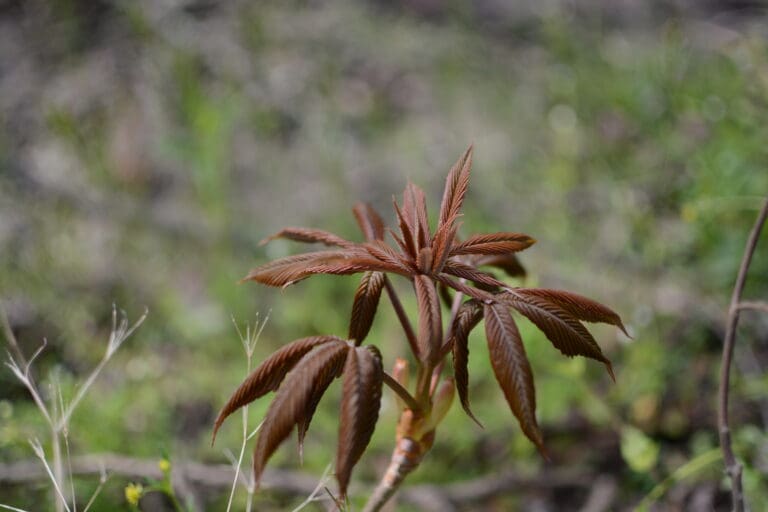
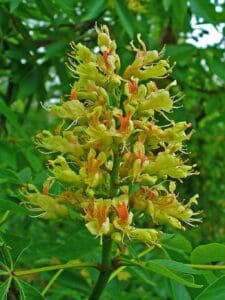
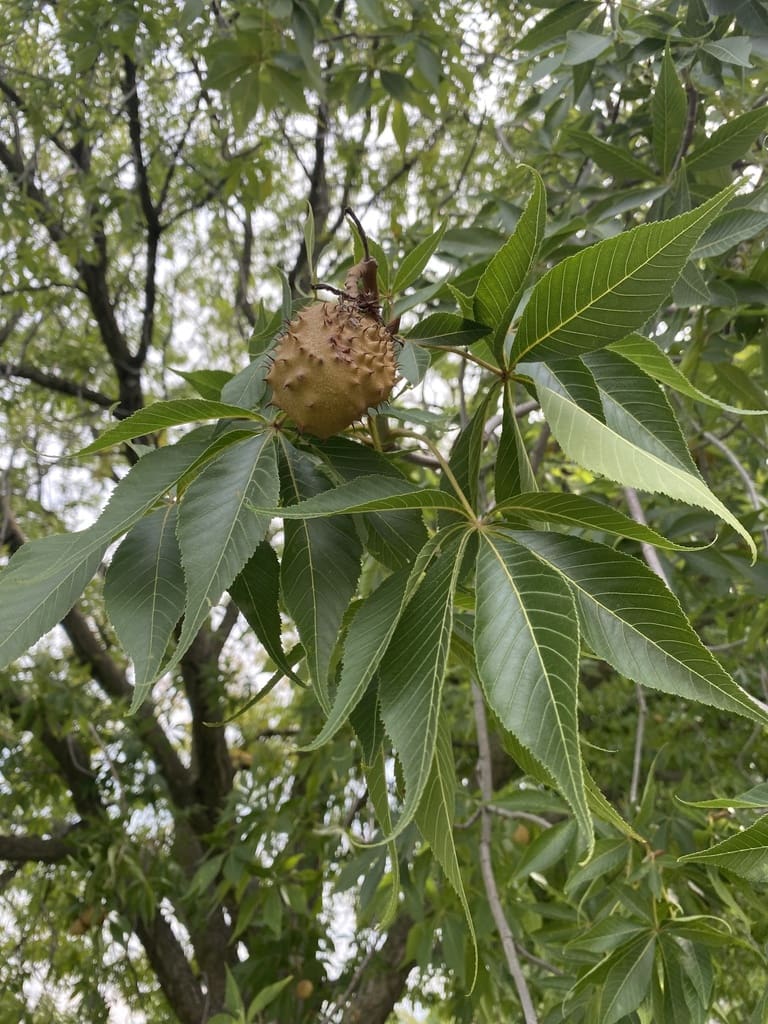
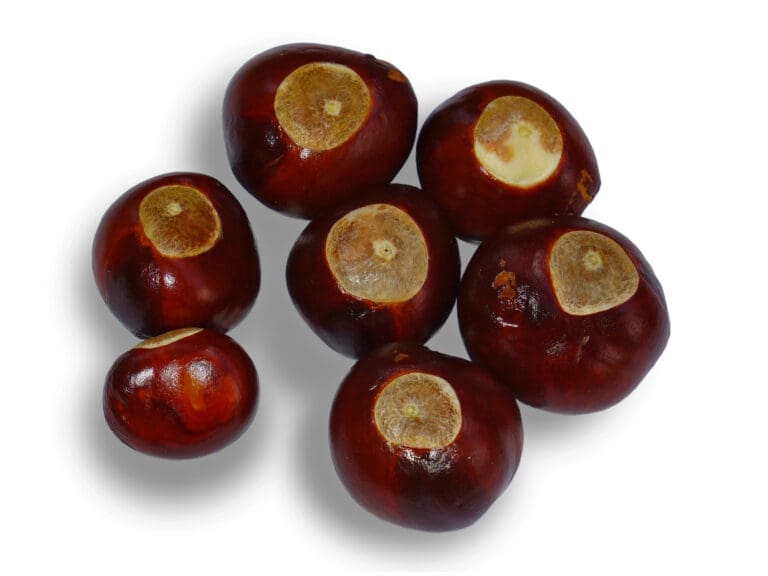
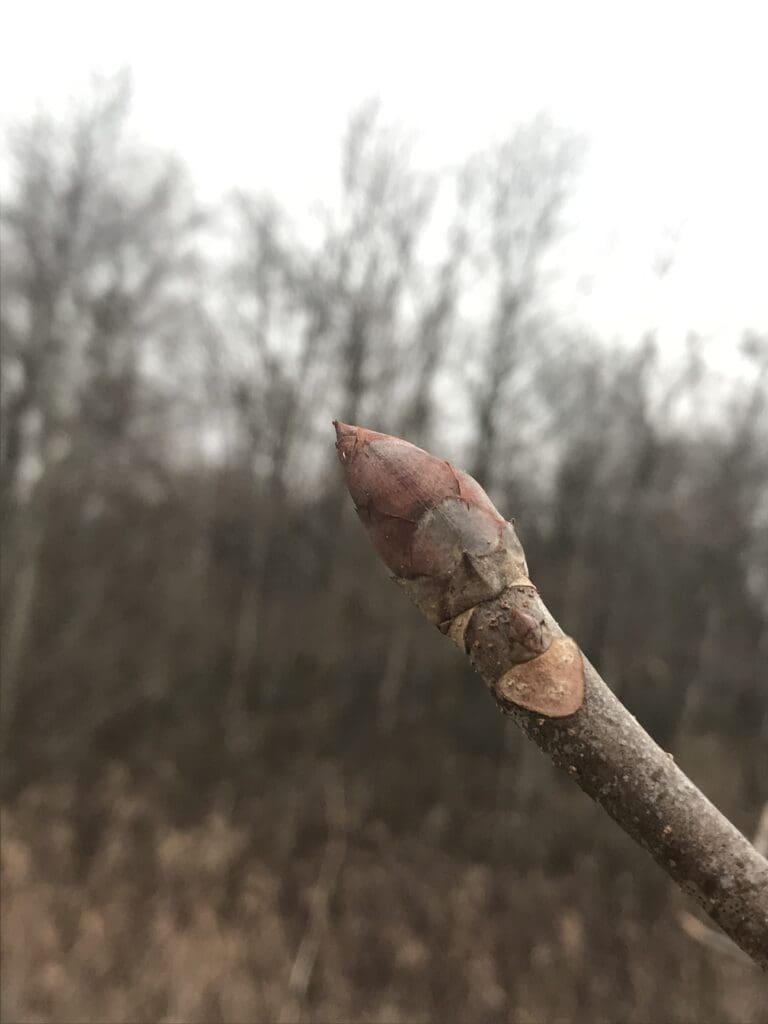
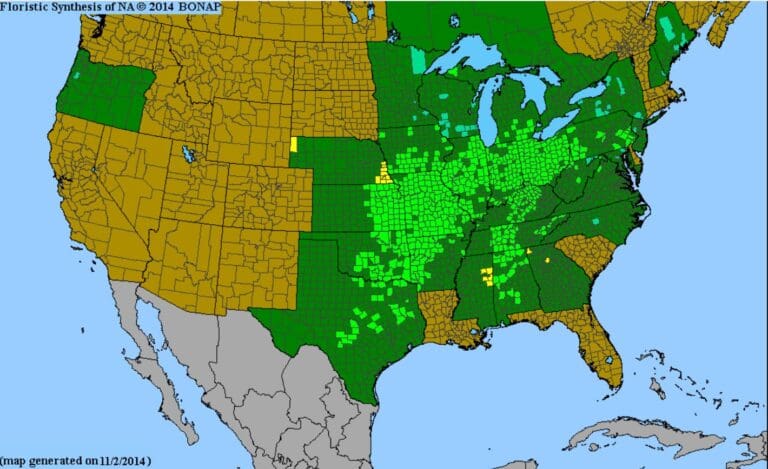
Visit our website to order your Ohio Buckeye tree seedlings today! Seedlings can be purchased in sets of 5, 25, or 100 while supplies last. Order deadline is March 15, 2021.
Purchased trees from us in the past? If so, enter our Facebook “Show us your Trees” contest! Visit our Facebook Page for details.
Additional information can be found below:
ODNR’s Trees of Ohio Field Guide
National Tree Benefits Calculator
South Central Power: Plant the Right Tree in the Right Place
